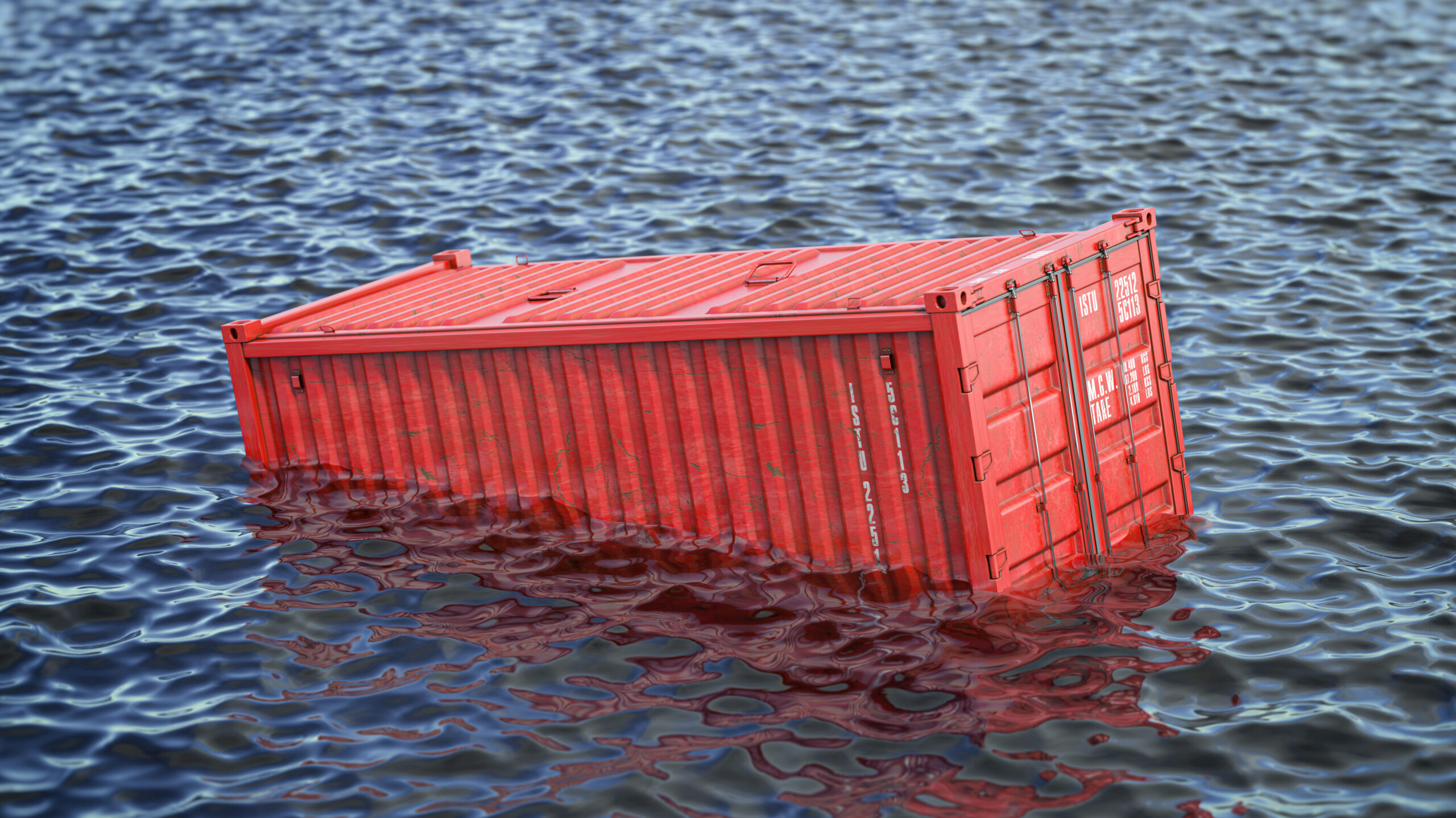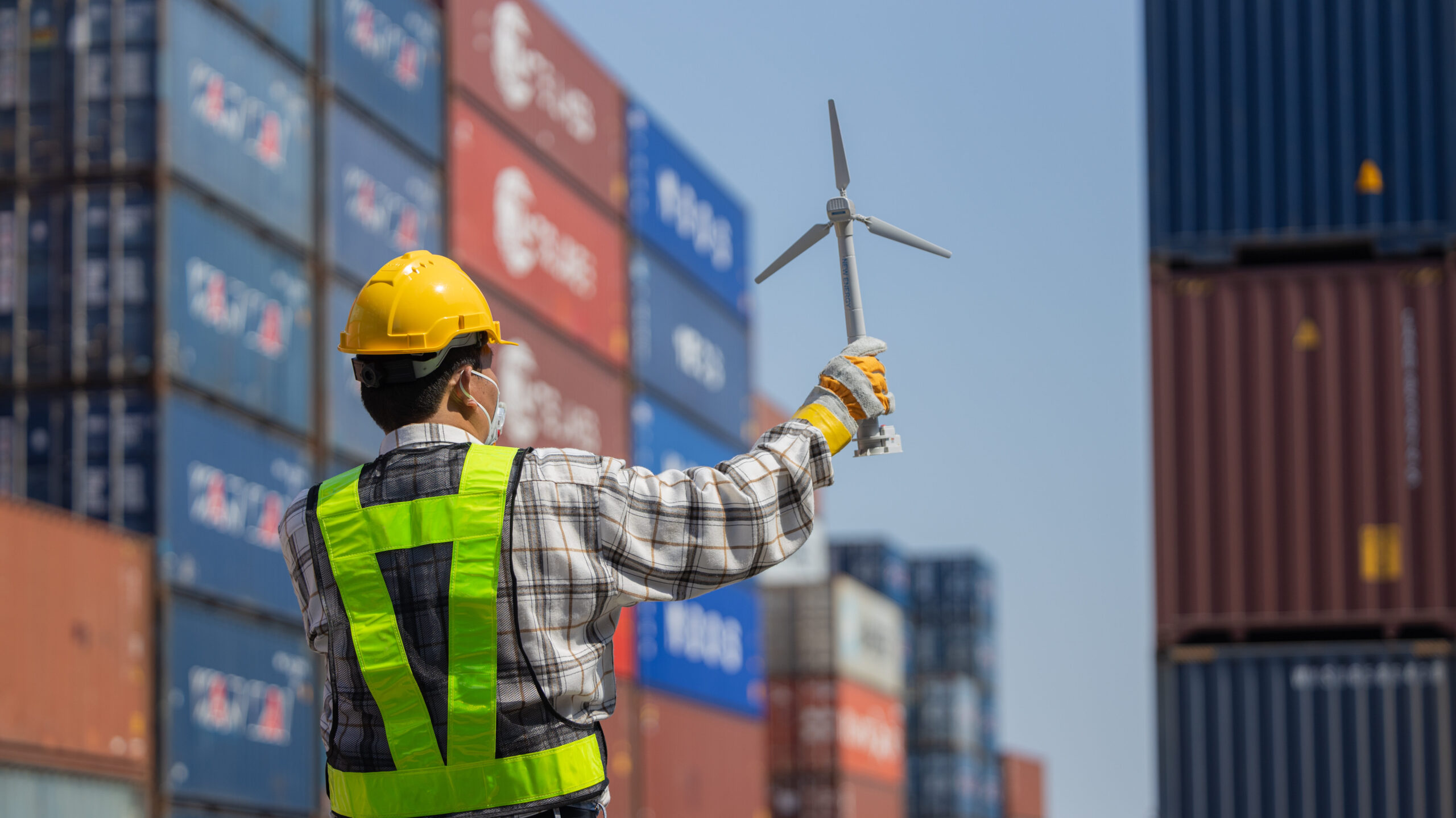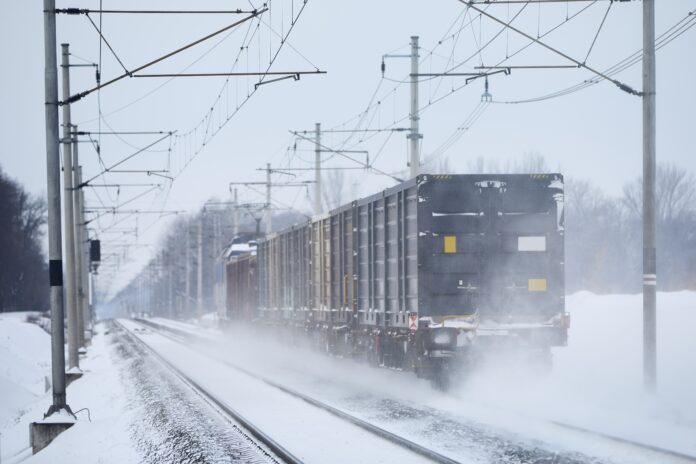By Frontpage Journal | Business Insights
For decades, global supply chains were engineered for cost efficiency, speed, and scale. But in the age of climate disruption, that formula is being rewritten. The floods, droughts, wildfires, and storms reshaping our physical world are now hammering the logistical arteries of global business and Sri Lanka is not immune.
The once-reliable flow of goods from factory to market is facing increasing instability. As companies scramble to cope with delays, shortages, and unpredictable pricing, one reality is sinking in, resilience has overtaken efficiency as the new gold standard of supply chain management.
The 2022 floods in Pakistan devastated textile exports. Australia’s recurring wildfires disrupted agricultural shipments. In 2023, droughts in the Panama Canal forced global shipping firms to reroute vessels at massive costs. Meanwhile, rising sea levels and storm surges now threaten coastal ports across South and Southeast Asia.
For Sri Lanka, positioned at the crossroads of major shipping lanes,these climate impacts are both a risk and an opportunity. The country’s apparel industry, tea exporters, and maritime logistics sector must now redesign supply networks for flexibility, not just cost control.

Many local firms depend on raw materials sourced from climate-vulnerable regions. Cotton from India, rubber from Southeast Asia, and seafood from the Indian Ocean are all being affected by erratic weather patterns. Inland logistics are equally exposed floods in Colombo or drought in Anuradhapura can disrupt harvest schedules, cold chains, and last-mile delivery systems. As climate events become more frequent, business continuity now depends on adaptive, intelligent supply chain strategies.
What the C-Suite Must Rethink
1. Diversify Supply Sources
Single-source dependency is a liability in the climate era. Companies must identify alternate suppliers across geographies to spread risk and ensure material flow continuity.
2. Invest in Climate Intelligence and Predictive Analytics
Use AI-driven weather forecasting and climate data modeling to anticipate disruptions. Smart logistics systems allow for rapid rerouting and dynamic scheduling.
3. Rethink Inventory Management
Just-in-time inventory models, once hailed for efficiency, are now dangerously brittle. Strategic stockpiling or regional warehousing may be necessary for climate-vulnerable goods.
4. Shorten Supply Chains
Local sourcing and nearshoring reduce exposure to global disruptions. Sri Lankan manufacturers should explore sourcing options within South Asia and invest in local agro-processing where feasible.
5. Collaborate with Green Logistics Partners
Transportation firms that use cleaner fuels, energy-efficient fleets, and route optimization are not just sustainable, they are often more reliable during climate-related disruptions.

Turning Risk into Strategic Advantage
Global brands are now evaluating suppliers based on ESG performance, climate risk preparedness, and resilience planning. Sri Lankan exporters who embed these principles into their supply chains stand to gain a competitive edge.
Financial institutions, too, are paying attention. Banks and insurers are starting to factor climate exposure into loan terms and insurance premiums. Companies that demonstrate robust climate-resilient operations are more likely to access concessional finance, trade credits, and investor confidence.
A New Business Imperative
Adapting supply chains to climate realities is not a matter of compliance, it’s a matter of survival. For C-suite executives in Sri Lanka, the message is clear. Future-ready supply chains must be designed for turbulence, not tranquility. The question is no longer whether disruption will come. It’s whether your business will adapt in time or be left behind.




